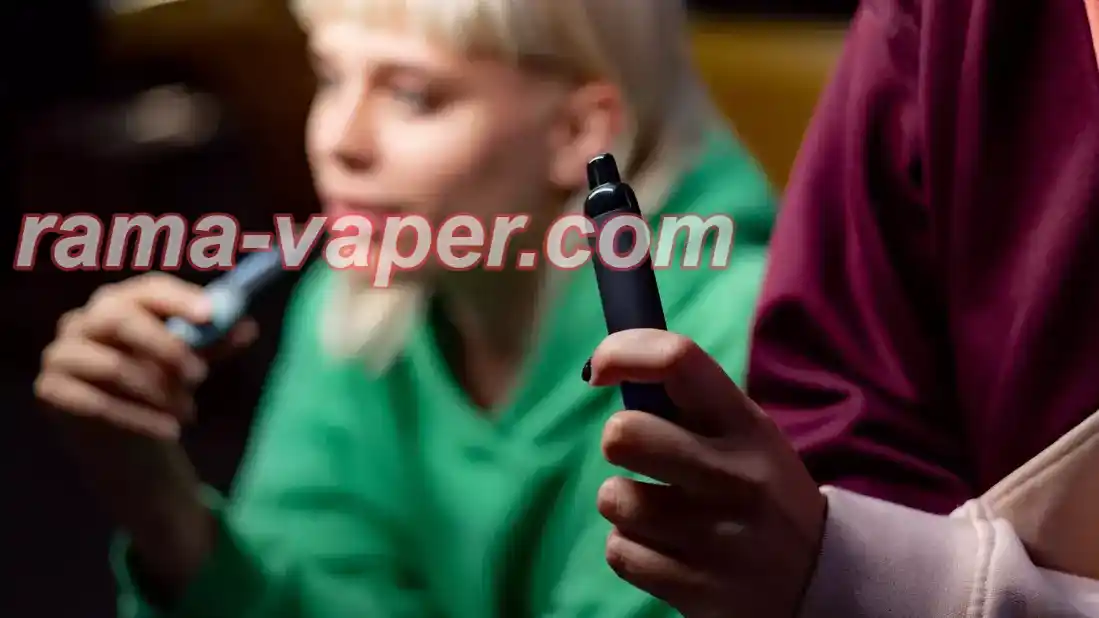What's the Dutch vape market like now, the "eternal number six," after the flavor ban?
The Diversified Development of the Dutch Vape Market: A Balance of Challenges and Opportunities
Amid the rapid global expansion of the vape market, the Netherlands, as a significant player in the European vape industry, is attracting widespread attention from the global sector due to its unique market structure and consumer trends. The continuous growth of the Dutch vape market, especially its strong performance in vape exports, not only showcases the maturity of the Dutch market but also highlights its increasingly important position in the global market. At the same time, adjustments in Dutch government policies and regulatory changes, particularly those targeting vapes, have had a profound impact on the market.
1. Steady Growth of Dutch Vape Exports
The Netherlands has gradually risen in prominence in the global vape market, particularly in its role as a key export destination for Chinese vape products. According to the latest statistics, the Dutch vape export value in the first half of 2024, particularly in June, reached USD 42,471,951, securing the sixth position globally. Looking at the data from January to October 2024, the Netherlands consistently maintained a spot in the top ten export countries, demonstrating strong market competitiveness and sustained growth.
The reason the Netherlands has managed to maintain such a prominent position in global vape exports can be attributed to both internal and external market support. Firstly, as one of Europe’s major tobacco-consuming countries, the demand for vapes in the Netherlands remains relatively high. This not only provides a stable market demand for local manufacturers but also creates favorable conditions for vape exports. Secondly, as an EU member state, products entering the Netherlands serve as a gateway to other European markets, enabling steady growth in Dutch vape exports worldwide.
Additionally, the stable growth in Dutch vape exports reflects the Netherlands' crucial role in the global vape supply chain. With China holding a leading position in global vape manufacturing, the Netherlands has become an important target market for Chinese vape exports, especially as its influence in the European market continues to rise.
2. Growth of Dutch Tobacco Shops
The Dutch government has increasingly tightened tobacco control policies, particularly with the full ban on tobacco sales in supermarkets, which came into effect on July 1, 2024. While this ban has significantly impacted the traditional tobacco market, it has unexpectedly spurred business growth in Dutch tobacco specialty stores and gas stations. According to related data, since the ban was implemented, tobacco specialty store revenues in the Netherlands have increased by over 40%. This growth indicates a profound transformation in the Dutch tobacco retail market, driven by policy changes.
At the same time, the Dutch tobacco industry is rapidly adjusting to this shift. In 2024, over 100 new tobacco shops opened, surpassing the number of new openings for the entire year of 2023. This phenomenon reflects that traditional tobacco retailers are expanding their stores and enhancing services to solidify their market share, adapting to changing consumer purchasing habits.
Although demand for traditional tobacco products remains strong in the Netherlands, the rise of alternatives like vapes has provided consumers with more choices. The expansion of tobacco stores is, to some extent, a response to this trend. As vapes become increasingly popular, many stores have started to offer not only traditional tobacco products but also vapes and related products, aiming to capture a share of this growing market.
3. Philip Morris International’s Innovation and Market Challenges
In the Netherlands, vape products are facing stricter regulation. To bypass the Dutch ban on flavored tobacco and vape products, Philip Morris International (PMI) launched a new alternative tobacco product—Levia. Made from cellulose and containing nicotine, Levia is classified as an herbal product and is therefore exempt from the current bans on tobacco and vape products in the Netherlands. This innovation not only highlights PMI’s adaptability in product development but also exposes the complexity of the Dutch vape regulatory landscape.
Dutch government policies regarding vapes are still evolving, and as vape products become more diverse and consumer demand shifts, effective regulation within the existing framework remains a pressing issue. The launch of Levia represents a strategy by businesses to exploit regulatory loopholes, demonstrating how companies in the Netherlands navigate policy barriers in search of new growth opportunities.
Furthermore, the Dutch Food and Consumer Product Safety Authority (NVWA) classification of Levia and its exemption highlights the limitations in the Netherlands' regulation of vapes and tobacco products. As new products emerge and market demands become increasingly complex, the Dutch government’s regulatory framework faces challenges, particularly regarding product innovation. Regulatory agencies may need to adopt more flexible approaches in response.
4. Changes in the Structure of the Dutch Vape Market
As the Dutch government tightens its regulation of vapes, the structure of the vape market is undergoing significant changes. The flavor ban, which took effect on January 1, 2024, has had a profound impact on the Dutch vape market. The new policy prohibits the sale of flavors vapes, allowing only tobacco-flavored vape products. This change means that vape products that previously attracted consumers with a wide variety of flavors will face strict restrictions, while tobacco-flavored products may occupy a larger market share.
This regulatory shift has forced vape manufacturers and retailers to reassess their product lines to comply with the new market demands and regulatory requirements. For consumers, the narrowing of flavor options may affect purchasing decisions, while manufacturers must improve product quality and marketing strategies to maintain competitiveness. The Dutch Ministry of Health’s proposal for vape product standardization in the first half of this year aims to reduce the appeal of vapes to young people. This initiative seeks to further lower vape usage rates, particularly among youth.
5. Proposal for Vape Taxation
The Dutch House of Representatives recently proposed a consumption tax on vapes, indicating the government’s increasingly stringent stance on vape regulation. The Dutch government’s position shows that the growth of the vape market is not only a matter of consumption but also involves public health, tax policy, and youth protection concerns. While the Dutch cabinet has expressed support for taxing vapes, the policy has not been implemented yet, due to slow progress in EU-level policy formulation.
The proposal marks a deepening recognition of the Dutch government’s focus on the vape market. Although the formal implementation of this tax may take some time, the proposal has sparked widespread discussion within the industry. The potential price increase of vape products due to taxation may affect consumer purchasing behavior, particularly among low-income groups, for whom the increased tax might become a barrier to purchasing vapes.
6. The Netherlands Bans the Sale of Nicotine Pouches
In recent years, the Dutch government’s regulatory policies have extended beyond vapes to include other nicotine products. In April 2023, the Netherlands introduced an amended draft of the Tobacco and Smoking Products Act, which comprehensively bans the sale of nicotine pouches and extends tobacco-related regulations to other nicotine products that do not contain tobacco. This regulatory change further strengthens the control over nicotine products, particularly new alternatives like nicotine pouches.
Nicotine pouches, a rising alternative, have gained popularity among Dutch consumers in recent years. However, due to their high nicotine content, the Dutch government believes these products could pose public health risks, prompting the implementation of stricter regulations. This ban represents a significant public health measure by the Dutch government and underscores its determination to regulate both vape and other nicotine products.
7. Future Development of the Dutch Vape Market
As regulatory measures continue to tighten, the Dutch vape market is undergoing a profound transformation. From product innovation to tax policy adjustments and shifts in market demand, the Dutch vape industry is facing unprecedented challenges. However, these challenges also present new opportunities for market participants.
The future development of the Dutch vape market may focus more on product diversity and compliance. Manufacturers will need to continuously innovate and optimize their products while adhering to regulations to meet changing market demands. At the same time, policy changes by the Dutch government could serve as a model for the global vape industry, particularly in balancing public health concerns, consumer demand, and market development. The Netherlands' experience could be a valuable reference for other countries.
Overall, as a key player in the global vape market, the Netherlands is at a critical juncture of transformation. With ongoing policy adjustments and evolving market conditions, the Dutch vape market faces both challenges and opportunities. For industry participants, this period presents both a need for continuous innovation and adaptation and a promising market with significant growth potential.
